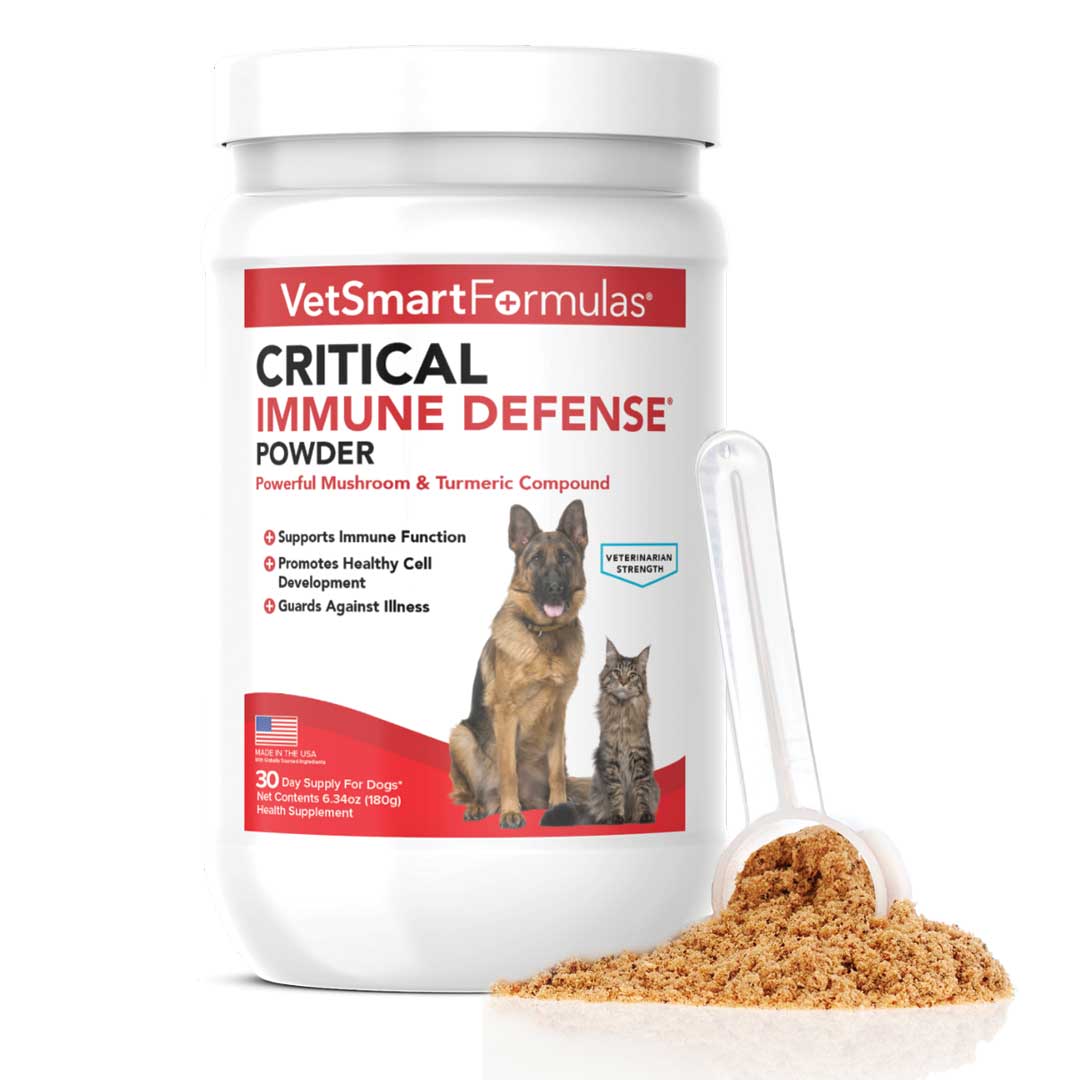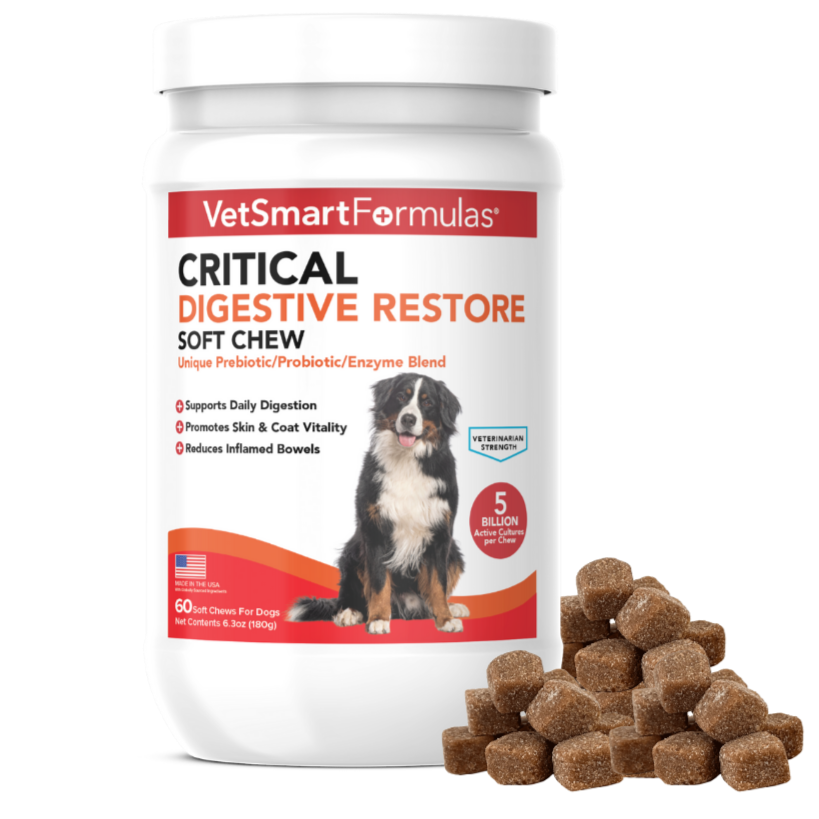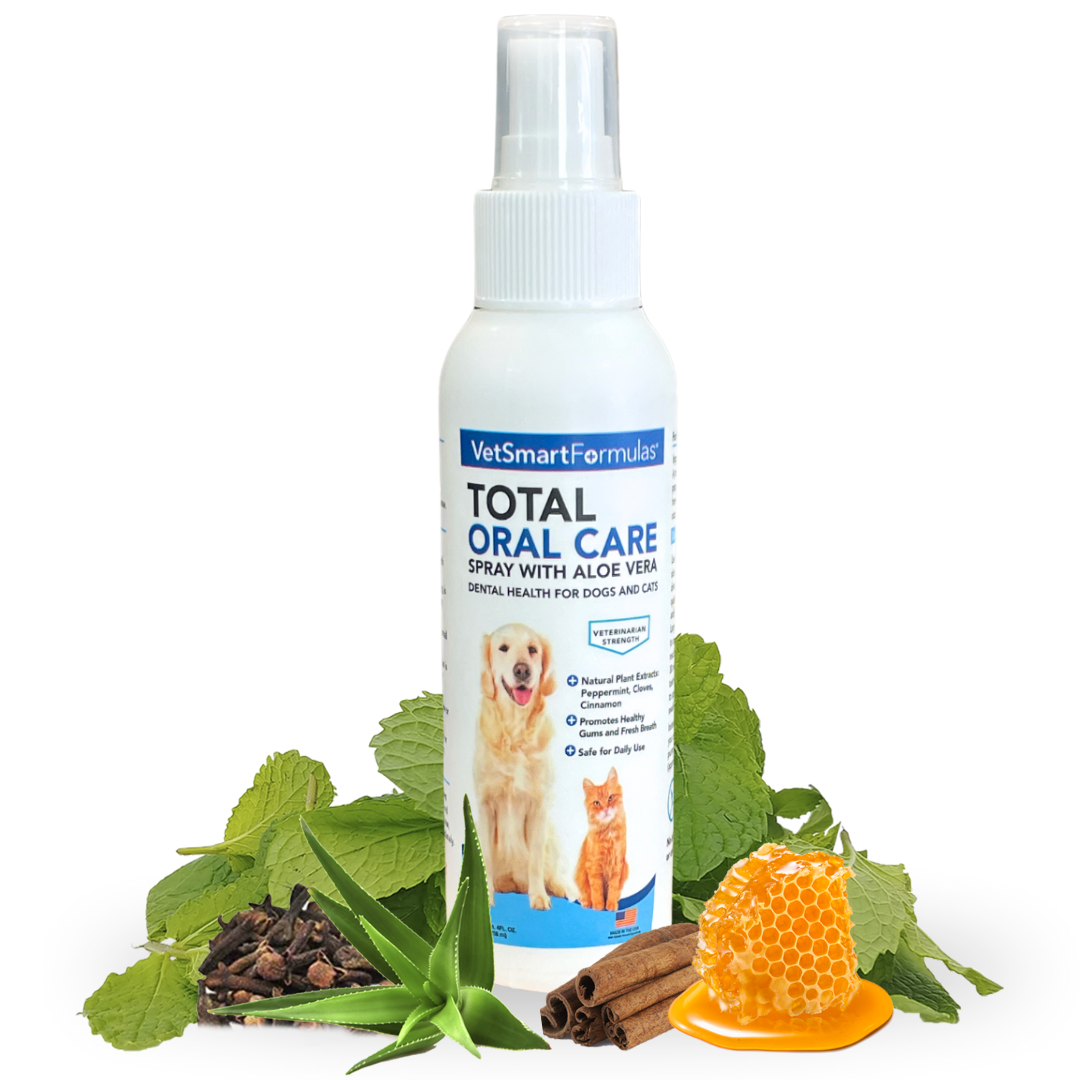When it comes to our beloved pets, we always want to ensure they are happy and healthy. That's why many of us turn to supplements to provide them with additional nutrients and support. However, have you ever wondered what exactly is in those supplements? In this blog, we will uncover the truth about fillers commonly found in pet supplements and how they can potentially impact your pet's health.
Definition of fillers in pet supplements
Fillers are ingredients with no nutritional value added to pet supplements to bulk up the product or act as a binding agent. They are often used to reduce manufacturing costs and increase the profit margin for supplement companies. While fillers may not provide any nutritional benefits, they are commonly found in many pet supplements.
Why fillers are commonly used
Fillers serve various purposes for supplement manufacturers. They help ensure that the product maintains its shape and form, making it easier to process and package. Additionally, fillers can also extend the shelf life of the supplements, reducing the risk of spoilage. In some cases, fillers may allow companies to produce supplements at a lower cost.
Potential risks and side effects of fillers
While fillers may be cost-effective and convenient for manufacturers, they can potentially pose risks to our pets. Some fillers have been associated with adverse reactions, including allergic reactions and digestive issues. Moreover, certain fillers may even interfere with the absorption of essential nutrients, reducing the overall effectiveness of the supplement.
Types of Fillers
There are several common fillers that are frequently found in pet supplements. These include ingredients such as corn starch, soybean meal, wheat, and rice bran. While these fillers may not necessarily be harmful, it's important to be aware of their presence and potential effects on your pet's health.
Let's dive deeper into some of the common filler types. Corn starch, for example, is often used as a cheap bulking agent. However, it offers limited nutritional value and may not be easily digestible for some pets. Soybean meal, another common filler, is often used as a source of protein. However, it can cause allergies in certain pets. Wheat and rice bran are also frequently used as binding agents. While they may not be harmful for most pets, they can potentially trigger sensitivities or digestive issues.
Identifying Fillers in Product Labels
Understanding ingredient lists
Reading and understanding product labels is crucial when it comes to identifying fillers in pet supplements. Look for ingredients that are listed as fillers, bulking agents, or binding agents. These are sometimes listed on the label as “inactive ingredients.” Common fillers, as mentioned earlier, include corn starch, soybean meal, wheat, and rice bran. By familiarizing yourself with these terms, you can make more informed decisions about the supplements you choose for your pet.
When reading the product labels, look for high-quality supplements made from natural ingredients without any artificial additives. Compare the active ingredients listed on the label and evaluate each ingredient on the amount included in the recommended dose (usually based on your pet’s weight). It's also essential to ensure the supplements are specifically formulated for pets and meet the necessary quality standards.
Red flags to look out for
While fillers are not always harmful, there are certain red flags to be aware of. If a supplement has an excessive number of fillers listed in the ingredients, it may indicate that the product is of lower quality or lacks essential nutrients. Additionally, watch out for fillers that your pet may be allergic to or sensitive towards, as these can potentially cause adverse reactions.
Researching specific filler ingredients
If you come across a filler ingredient in a pet supplement that you are unfamiliar with, it's always a good idea to do some research. Some ingredients may have complicated names and appear to be chemicals, but in fact, are natural. Look for reputable sources that provide information on the potential benefits and risks associated with that specific filler ingredient. This way, you can make an informed decision about whether or not to give that particular supplement to your pet.
Alternatives to Fillers
An alternative is to look for supplement brands that explicitly state they do not use artificial fillers in their products. These brands are often more transparent about their ingredients and manufacturing processes, allowing you to make a more informed decision. Research different brands and read reviews to find the best fit for your pet.
Conclusion
As pet owners, it's our responsibility to ensure we are making the best choices for our furry companions. Understanding the truth about fillers in pet supplements is an important step towards providing our pets with the highest quality products.
Giving your cat or dog the recommended dose on a consistent basis is key to your pet getting the desired benefit. A solid and level amount of nutrients in your pet's system can only take place by adhering to the dosing schedule. Don’t be lazy, and do your best to avoid skipping doses or missing days.
By educating ourselves about different filler types, reading product labels carefully, considering alternatives, giving your pet its supplements on a consistent basis, and seeking guidance from professionals, we can make informed decisions to promote the health and well-being of our beloved pets. Browse VetSmart Formulas to find high-quality supplements with no artificial fillers.











